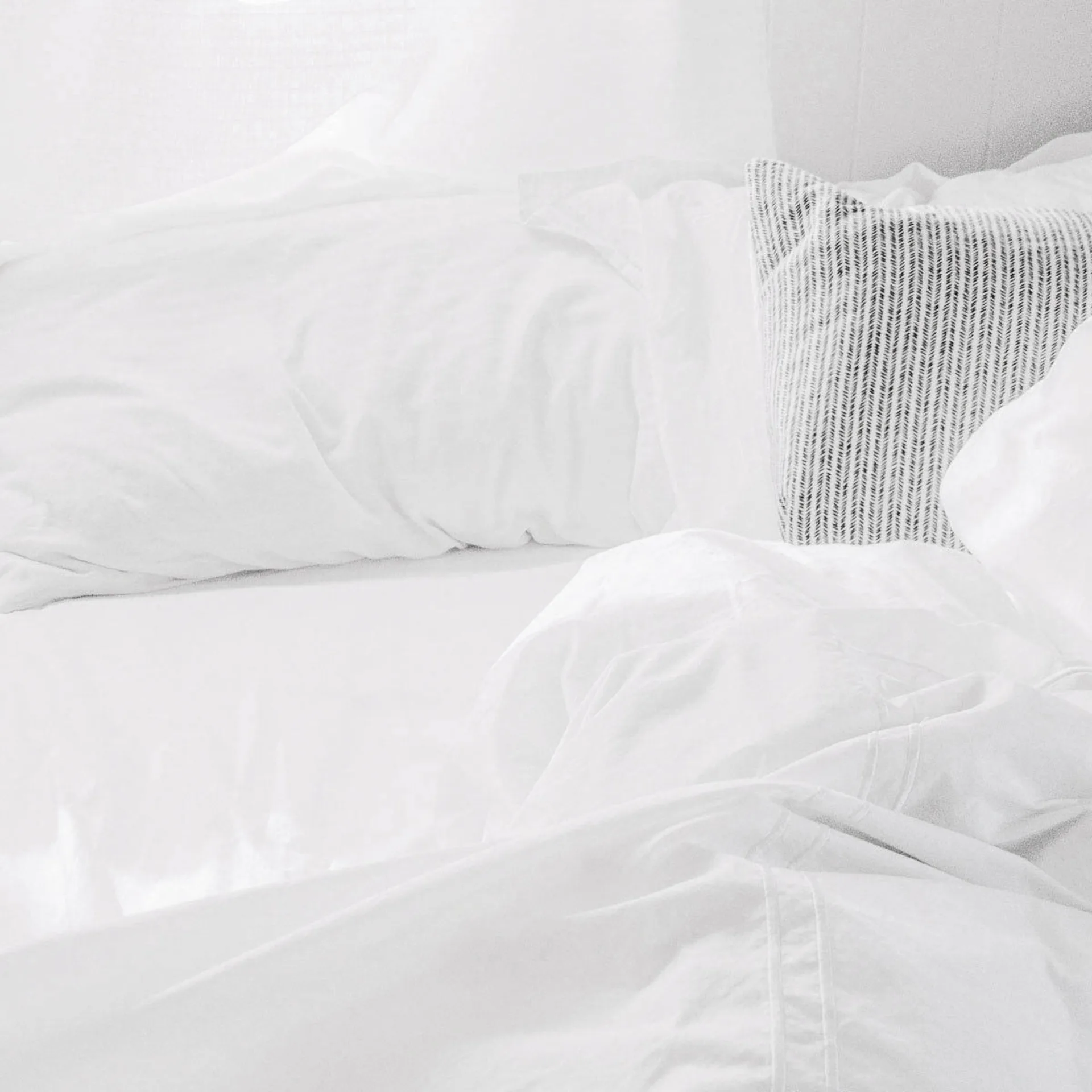How Many Calories Does Pilates Burn? What Actually Happens to Your Body

According to research published in the Journal of Sports Sciences, moderate Pilates can burn roughly 3.2 to 6.7 METs (Metabolic Equivalent of Task), equating to about 150-250 calories burned in a 1-hour session depending on intensity and body weight. “From calorie burn to muscle tone: Pilates offers comprehensive fitness” – Gulf News
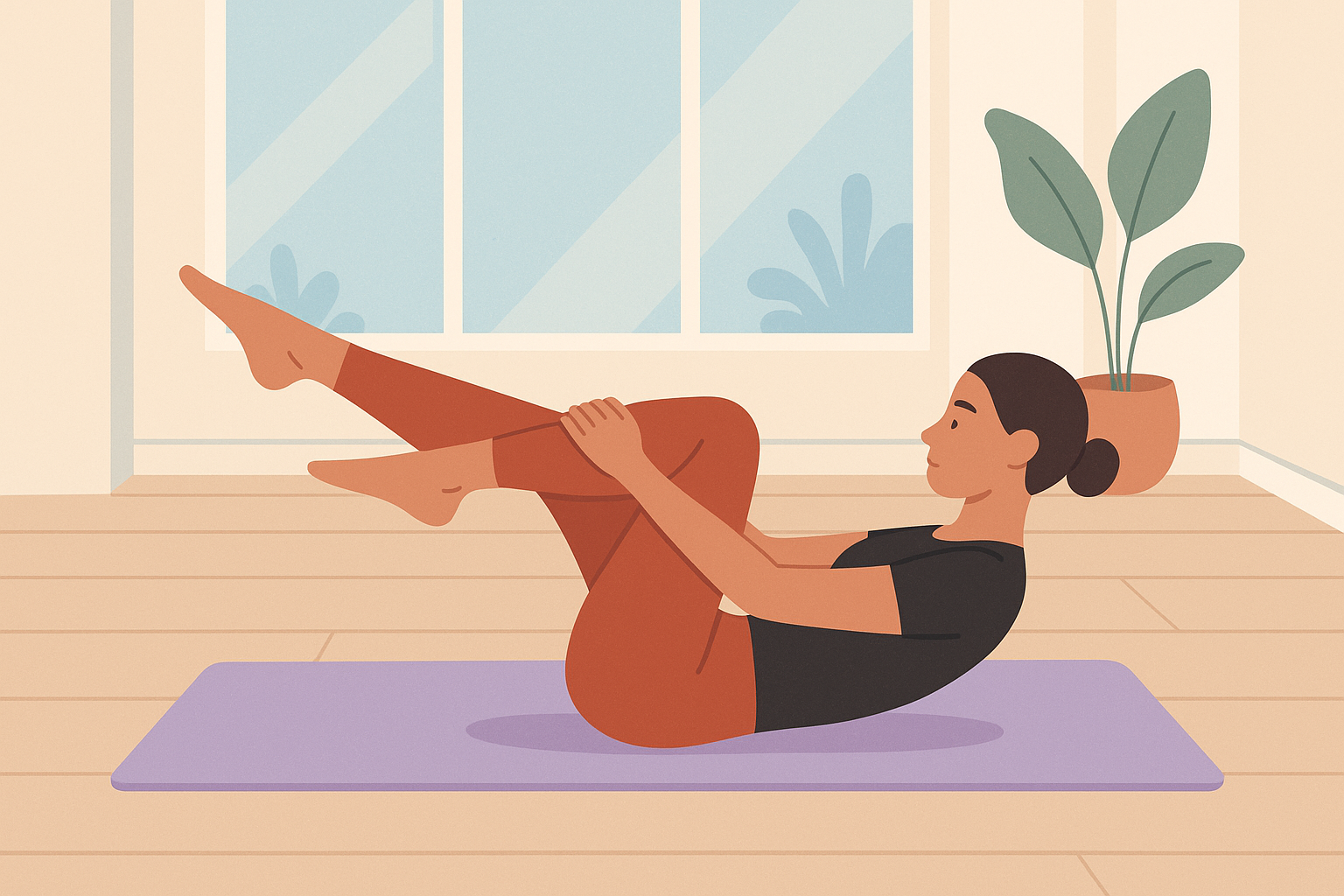
Table of Contents
- The Real Story Behind Pilates and Your Metabolism
- Why Your Calorie Burn Is Nothing Like the Person Next to You
- What Actually Happens During Your 45-Minute Session
- The Benefits That Make Calorie Counting Feel Pointless
TL;DR
- Your body keeps burning calories for 12-24 hours after Pilates through something called EPOC (post-exercise oxygen consumption)
- All that mental focus during complex movements makes your brain use 20% more glucose
- When your muscles are tight, you actually burn 15-25% more calories during the same workout
- A 45-minute class has three different phases that each burn calories differently
- Reformer classes burn 20-40% more calories than mat classes because of the spring resistance
- Pilates helps balance your stress hormones and improves sleep, which affects your metabolism all day
- How you breathe during class can really impact how many calories you burn
The Real Story Behind Pilates and Your Metabolism
I used to think Pilates was just fancy stretching that barely counted as exercise. Turns out I was completely off base. After sticking with it for several months and digging into the research, I discovered that what happens to your body during Pilates extends way beyond those 45 minutes on the mat.
Here’s what really surprised me – your body doesn’t just stop working when you roll up your mat. It’s actually just getting started on this whole metabolic process that keeps going for hours. We’re talking about muscle repair, your nervous system recovering from all that precise movement, and hormonal changes that regular calorie calculators completely miss.
Think of it like this – while many people focus on cold showers for health benefits as a quick metabolism boost, Pilates offers something more sustainable for long-term metabolic health.
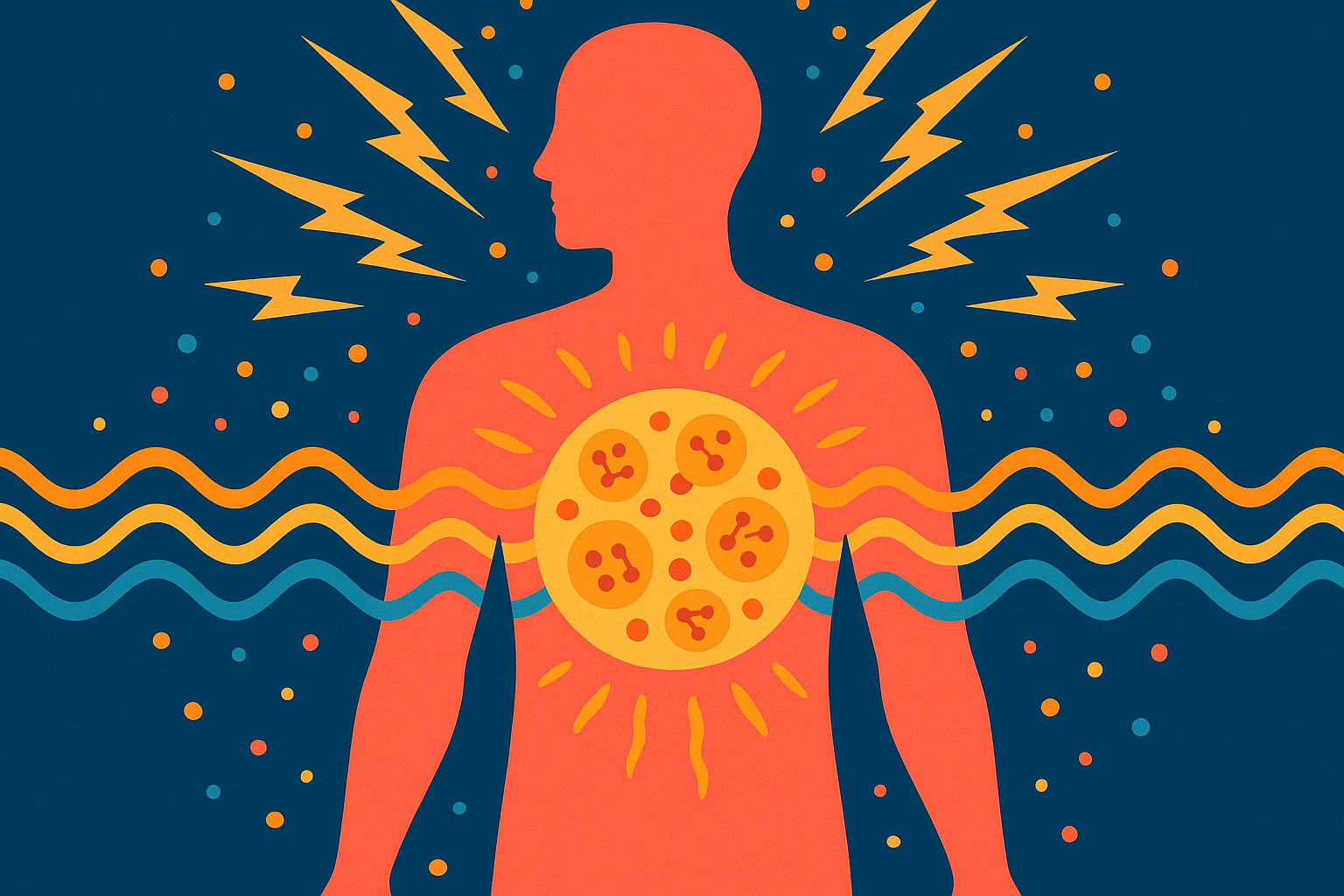
Here’s what different types of Pilates actually burn:
| Pilates Type | Calories Burned (per hour) | MET Value | Intensity Level |
|---|---|---|---|
| Traditional Mat Pilates | 116-170 calories | 3.0 | Low-Moderate |
| Reformer Pilates | 155-250 calories | 3.5-4.0 | Moderate |
| High-Volume Pilates | 250-350 calories | 4.5-5.0 | Moderate-High |
| Hot Pilates | 300-400 calories | 5.0-6.0 | High |
Your Body’s After-Hours Calorie Burning
You know that slightly energized but tired feeling you get after a good Pilates class? That’s your body still working even though you’re done exercising. This is called EPOC – post-exercise oxygen consumption – and it’s pretty cool when you understand what’s happening.
During Pilates, you’re holding positions that challenge multiple muscle groups while trying to maintain perfect form and coordinate your breathing. This creates tiny amounts of muscle damage that your body needs energy to repair. Plus, your nervous system has to process all those complex movement patterns you just practiced.
Think about it – you just spent 45 minutes doing single-leg circles while keeping your core engaged and breathing in a specific pattern. Your brain and muscles are going to need some recovery time, and that recovery burns calories. We’re talking about an additional 50-100 calories over the next 12-24 hours, depending on how hard you worked and your individual metabolism.
Why Your Brain Becomes a Calorie-Burning Machine
Here’s something that blew my mind when I first learned about it – those slow, controlled Pilates movements require massive amounts of brainpower. Your brain actually uses up to 20% more glucose when you’re concentrating on complex movement patterns.
Every time you’re trying to engage your core while extending your leg and breathing properly, your brain is working overtime. This mind-body connection is similar to what happens during mental fitness training, where all that cognitive engagement significantly increases energy use beyond what you’d expect from the physical movement alone.
Let me give you an example – during a single-leg circle exercise, your brain has to coordinate balance, core stability, leg movement, and breath control all at once. This complex coordination can increase your brain’s glucose consumption by up to 20% compared to mindless repetitive movements.
If you want to maximize this effect:
- Focus on slow, controlled movements instead of rushing through the sequence
- Really think about the mind-muscle connection before you start
- Practice coordinating your breathing with the movement
The Muscle Mystery That Doubles Your Burn
Here’s what makes Pilates different from most other exercises – it hits both your slow-twitch and fast-twitch muscle fibers at the same time. This creates a metabolic demand that keeps your body working for 12-24 hours after your workout.
Most exercises only target one type of fiber. Running mainly uses slow-twitch fibers, while weightlifting focuses on fast-twitch. Pilates manages to hit them all through its combination of holding positions, controlled movements, and resistance challenges.
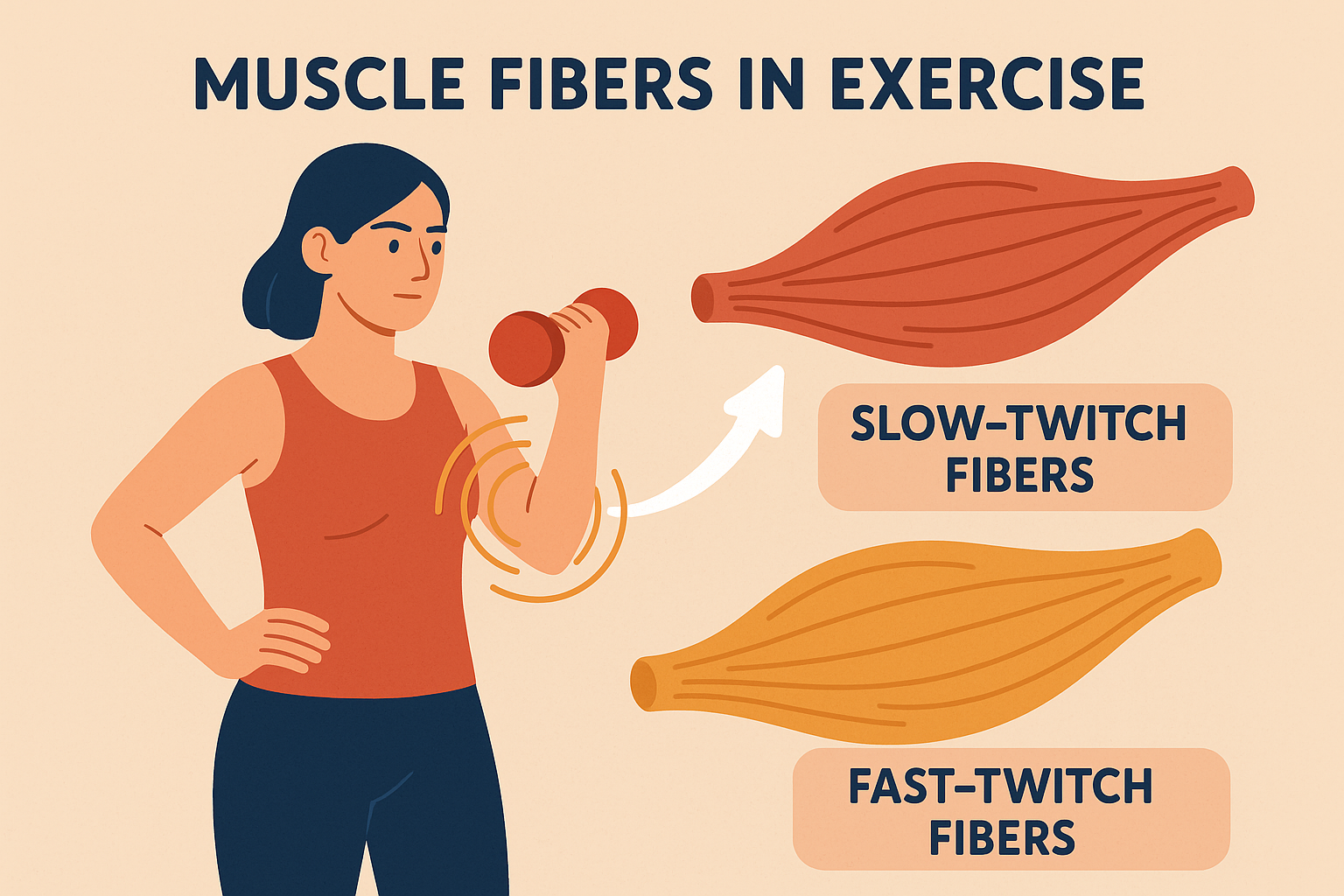
To get the most out of this:
- Hold positions for 30-45 seconds when you can
- Add resistance with springs or bands when possible
- Challenge yourself with harder variations of the same exercise
How Pilates Changes Your Hormones for Better Fat Burning
This is where Pilates really starts to shine compared to other workouts. It completely changes your hormonal environment in ways that support long-term fat burning. I’m talking about better cortisol regulation, growth hormone release, and improved insulin sensitivity. These changes create a metabolic environment where your body gets better at accessing stored fat for energy.
How Pilates Fixes Your Stress Hormones
High-intensity workouts can actually spike your cortisol levels, but Pilates helps regulate this stress hormone. When your cortisol is balanced, your body can access stored fat more easily. This is why people often notice their body composition changing with Pilates even when the scale doesn’t move much.
This stress-reducing aspect works similarly to understanding where your body stores tension, as both practices help release physical manifestations of stress that mess with healthy metabolism.
The Growth Hormone Boost You Didn’t Know About
The controlled resistance and stretching in Pilates naturally stimulates growth hormone production. This hormone speeds up your metabolism and promotes lean muscle development – both of which increase your daily calorie burn even when you’re not exercising.
Growth hormone release typically peaks during deep sleep, but Pilates can trigger additional releases during and after your workout. This is especially true for sessions that include challenging holds and full-body integration exercises.
Why Pilates Makes Your Body Process Food Better
Regular Pilates practice improves your insulin sensitivity, which means your body becomes more efficient at processing carbs and maintaining stable blood sugar levels. Better insulin sensitivity equals better fat burning and more stable energy throughout the day.
Recent research from 2020 published in ScienceDirect found that “Reformer Pilates burns around 155 calories per hour, while mat Pilates clocks in at about 116 calories per hour” – Gulf News, showing the metabolic differences between equipment and mat-based sessions.
Why Your Calorie Burn Is Nothing Like the Person Next to You
Generic calorie calculators drive me crazy because they can’t account for all the unique factors that affect how many calories you personally burn during Pilates. Things like how tight your muscles are, how efficiently you breathe, and even your stress levels before the workout dramatically impact your individual calorie burn.
Using the standard MET formula, a person weighing 180 pounds doing Pilates (MET value of 3.0) for 1 hour burns approximately 257 calories, calculated as: (3.0 x 81.65kg x 3.5) ÷ 200 = 4.29 calories per minute. “Calories burned per minute = (MET x body weight in Kg x 3.5) ÷ 200” – Captain Calculator
But here’s the thing – this formula assumes you’re an average person with average muscle tightness, average breathing patterns, and average stress levels. None of us are average.
The Tight Muscle Factor Nobody Talks About
You know that tight, stiff feeling you get when you’ve been sitting at your desk all day? That’s your fascia – basically the wrapper around your muscles – getting cranky. Here’s something counterintuitive: when your fascia is tight or restricted, your muscles have to work 15-25% harder to achieve the same range of motion.
While this isn’t ideal for movement quality, it does mean you’re burning more calories during the same workout. I discovered this when I started paying attention to how different my energy felt on days when I was tight versus when I was loose and mobile.
The key is finding the balance between mobility and challenge. You want enough flexibility to move safely, but some natural resistance actually increases your metabolic demand.
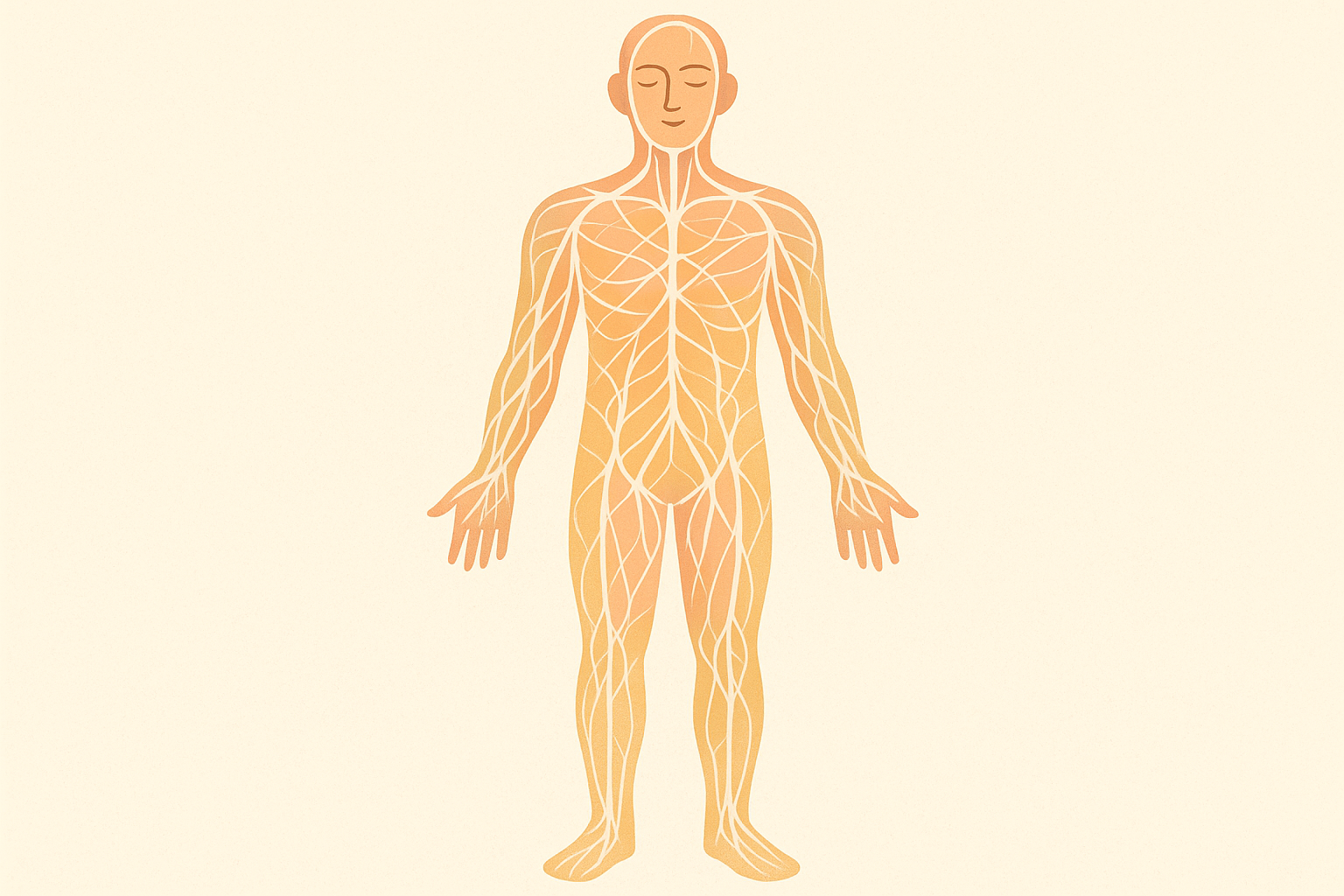
To work with this:
- Do some foam rolling or self-massage before Pilates
- Include dynamic stretching in your warm-up
- Stay hydrated to keep your connective tissue healthy
The Breathing Game-Changer
How you breathe during Pilates significantly impacts your calorie burn, but most of us breathe pretty inefficiently without realizing it. Proper diaphragmatic breathing increases oxygen uptake and metabolic efficiency, while poor breathing creates oxygen debt that your body has to work to repay later.
This breathing awareness connects to yoga breathing techniques that can enhance your Pilates practice and maximize the metabolic benefits of each session.
How Poor Breathing Secretly Increases Your Post-Workout Burn
When you breathe inefficiently during exercise, you create what’s called oxygen debt. Your body has to work harder after the workout to restore proper oxygen levels, which means more calories burned during recovery.
It’s not the most efficient way to exercise, but it does increase total calorie expenditure. I’ve noticed this effect particularly after challenging sessions where I struggled to maintain proper breathing patterns.
The Nervous System Hack
Controlled Pilates breathing activates your parasympathetic nervous system, which might seem like it would reduce calorie burning. Actually, it increases metabolic efficiency while reducing stress-induced calorie storage.
Your body becomes better at burning fat when it’s not in constant stress mode. This is one of the key differences between Pilates and high-intensity interval training – Pilates creates a metabolic environment that supports fat burning rather than encouraging fat storage.
Want to breathe better for more calorie burn? Try this: put your hands on your ribs and breathe so your ribs expand sideways, not just your belly going in and out. It feels weird at first, but you’ll notice you don’t get as winded.
To optimize your breathing:
- Practice this rib breathing for 5 minutes before each session
- Exhale during the effort phases of movements
- Keep a consistent breath rhythm throughout the workout
What Actually Happens During Your 45-Minute Session
A 45-minute Pilates session creates three distinct phases, and understanding these phases completely changed how I approach my workouts. Each phase contributes differently to your total calorie burn and long-term metabolic benefits.
I used to think calorie burn during a 45-minute session was straightforward, but the reality is much more complex and interesting.
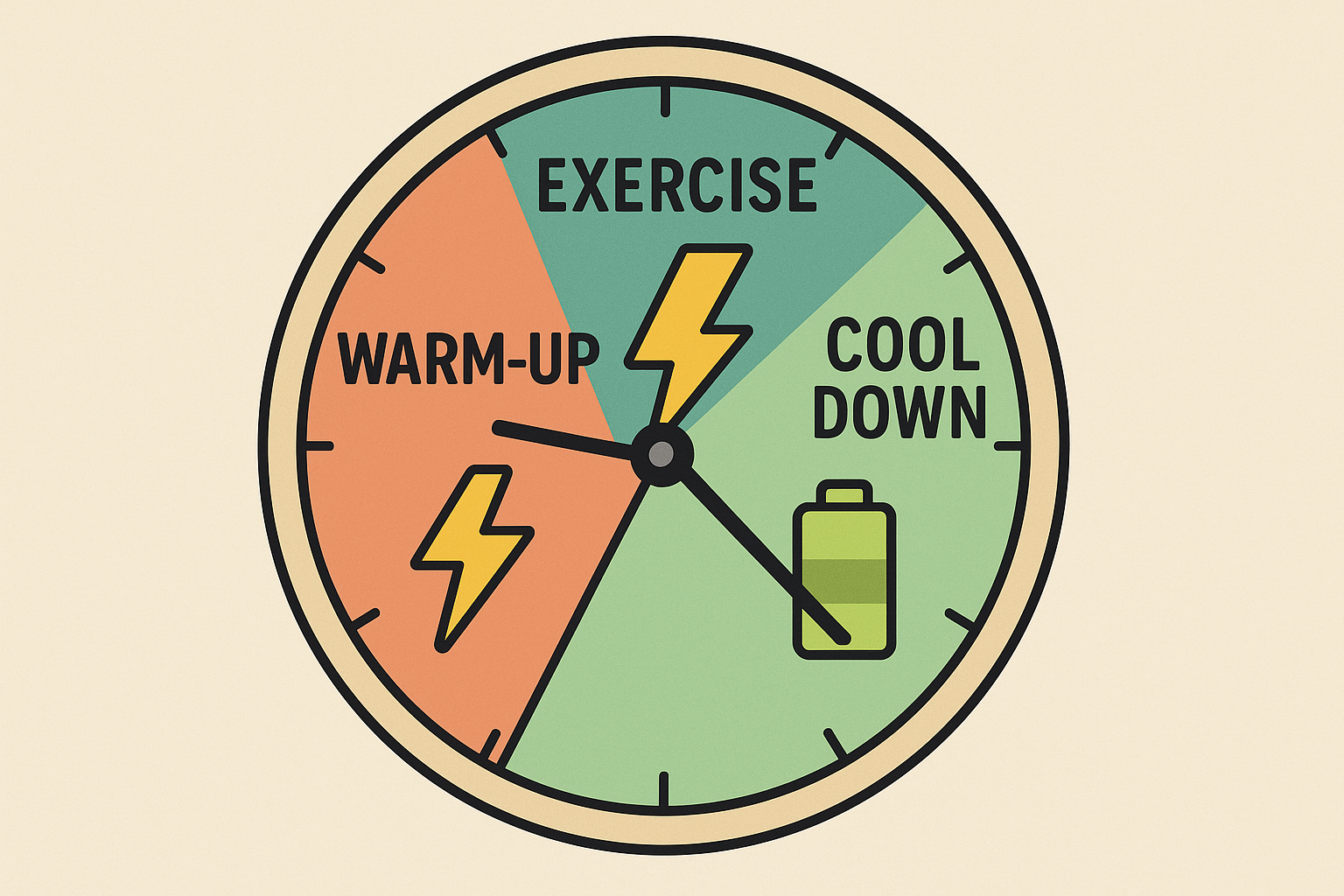
The Three Phases That Maximize Your Calorie Burn
I’ve broken down what’s actually happening in your body metabolically during each part of the session. The warm-up phase wakes up your nervous system, the work phase creates peak metabolic demand, and the cool-down phase starts your recovery metabolism while keeping calorie burn elevated.
| Session Phase | Duration | Primary Focus | Calorie Burn Rate | Key Benefits |
|---|---|---|---|---|
| Activation (Warm-up) | Minutes 1-8 | Neural activation & circulation | 3-4 cal/min | System preparation |
| Peak Work | ||||
| Peak Work | Minutes 9-38 | Maximum metabolic demand | 6-8 cal/min | Primary calorie burn |
| Integration (Cool-down) | Minutes 39-45 | Recovery initiation | 4-5 cal/min | EPOC activation |
Minutes 1-8 – When Your Brain Wakes Up
The initial warm-up phase might seem gentle, but it’s actually burning calories through increased brain activity and circulation. This phase accounts for about 15% of your total session burn, mainly through nervous system activation rather than muscle work.
Your brain is essentially turning on all the metabolic switches for the workout ahead. I can actually feel this happening – there’s a moment around minute 5 when everything starts to click and my body feels ready for the more challenging work.
To get more from your warm-up:
- Include spinal movements to activate your entire nervous system
- Add gentle resistance movements to wake up your muscles
- Focus on breath awareness to increase oxygen uptake
Minutes 9-38 – Peak Metabolic Territory
This is where the magic happens metabolically. The main work phase creates the highest immediate calorie burn through sustained muscle engagement and elevated heart rate. Your body is working at peak efficiency, using multiple muscle groups simultaneously while maintaining precise control.
During this phase, I focus on keeping continuous movement with minimal rest between exercises. The goal is to keep your heart rate elevated while challenging different muscle groups in sequence.
To optimize this phase:
- Alternate between stability challenges and strength exercises
- Keep moving with minimal rest between exercises
- Gradually increase exercise difficulty throughout this phase
Minutes 39-45 – The Transition Zone
Don’t underestimate the cool-down phase – it’s starting your recovery metabolism while still maintaining elevated calorie burn. Active stretching and breath work during this phase help transition your body from peak work mode to recovery mode.
This phase sets up that post-exercise calorie burn we talked about earlier. How you end your session directly impacts how effectively your body continues burning calories afterward.
Equipment Changes Everything
The type of Pilates equipment you use can change your calorie burn by 20-40%. Reformer work typically burns significantly more calories than mat work because of the spring resistance system.
The growing popularity of hot Pilates is creating new calorie-burning opportunities, with classes performed “in a room heated to 95 degrees” – Prevention Magazine, though experts note that increased sweating doesn’t necessarily mean more calories burned.
Mat Work – Your Body Weight Becomes the Challenge
Mat Pilates relies on gravity and your own body weight for resistance, creating consistent but moderate metabolic demand. The challenge comes from fighting gravity and maintaining proper form without external support.
While it burns fewer calories than reformer work, mat Pilates is incredibly effective for building strength and burning calories. I love how accessible it is – you can do it anywhere with minimal equipment.
Reformer Work – Resistance That Never Lets Up
The spring-loaded resistance of reformer equipment creates variable tension that keeps your muscles working throughout the entire range of motion. There’s no “easy” part of the movement where your muscles can rest, which significantly increases energy expenditure.
I’ve found that reformer sessions leave me feeling more metabolically challenged than mat work, even when the movements look similar. The springs provide assistance and resistance simultaneously, creating a unique training stimulus.
To maximize equipment-based calorie burn:
- Adjust spring tension to maintain challenge throughout the full range of motion
- Focus on the lengthening phases of movements for increased muscle work
- Add unstable surface challenges when appropriate
Research shows that beginner Pilates classes burn about 175 calories in 50 minutes, while advanced routines can burn up to 254 calories in the same timeframe. “One small study sponsored by the American Council on Exercise found that people taking a Pilates class burned about 175 calories in a 50-minute beginner routine and 254 in a 50-minute advanced routine” – Prevention Magazine
The difference between beginner and advanced sessions isn’t just about difficulty – it’s about the complexity of movement patterns and how long you can maintain proper muscular engagement. Advanced practitioners can burn calories more efficiently because they’ve developed the control to maintain proper form while increasing intensity.

The Benefits That Make Calorie Counting Feel Pointless
True metabolic health from Pilates extends way beyond immediate calorie burn. We’re talking about stress reduction, better sleep quality, and improved digestion – all factors that influence long-term weight management.
When you start experiencing these benefits, obsessing over calories burned during a single session becomes less important than the overall metabolic improvements. This holistic approach aligns with understanding how to boost your immune system, as both practices focus on supporting your body’s natural systems rather than forcing quick fixes.
How Stress Reduction Becomes Your Secret Weight Management Tool
Pilates’ emphasis on mindful movement and breath work creates lasting reductions in chronic stress, which directly impacts your body’s ability to burn calories efficiently. Chronic stress is one of the biggest metabolism killers, promoting fat storage and reducing your body’s ability to access stored fat for energy.
This is where Pilates really shines compared to high-intensity workouts. While HIIT might burn more calories during the session, it can actually increase cortisol levels and stress on your system.
The Cortisol Problem That’s Sabotaging Your Results
High cortisol from chronic stress promotes fat storage, particularly around your midsection, while also reducing your body’s ability to access stored fat for energy. High-intensity workouts can actually make this worse by spiking cortisol even higher.
Pilates does the opposite – it helps regulate cortisol levels naturally through its meditative movement patterns and emphasis on breath control.
My friend Sarah, who’s a stressed-out marketing manager, started doing Pilates twice a week. After two months, she told me she wasn’t reaching for her afternoon coffee crash snacks anymore. Turns out, better stress management actually changes how your body handles food.
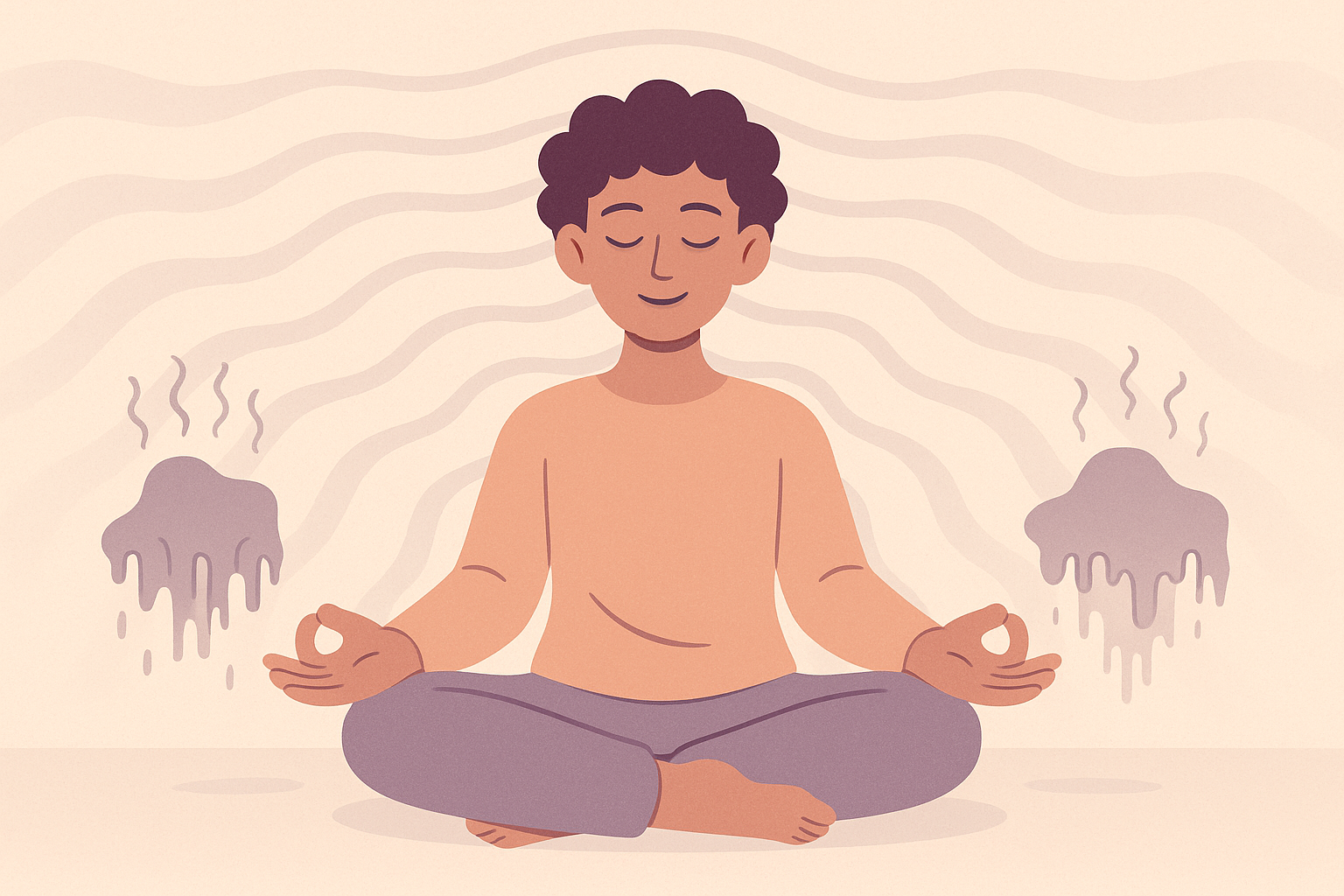
To use Pilates for stress reduction:
- Begin each session with 2-3 minutes of centering and breath awareness
- Focus on quality of movement over speed or intensity
- End sessions with restorative poses to activate the relaxation response
The Sleep-Metabolism Connection You’re Probably Missing
Regular Pilates practice improves sleep quality, which is crucial for overnight metabolic processes including growth hormone release and cellular repair. Poor sleep quality messes with your hunger hormones and reduces your body’s ability to burn calories efficiently.
Quality sleep might be as important as the exercise itself for long-term weight management. This connection between movement and rest is similar to how simple ways to beat bloat and improve digestion work – by supporting your body’s natural rhythms rather than fighting against them.
How Bad Sleep Destroys Your Calorie-Burning Potential
Poor sleep quality disrupts leptin and ghrelin – your hunger hormones – and reduces your body’s ability to burn calories efficiently. When you’re sleep-deprived, your body holds onto fat and craves high-calorie foods.
Pilates helps improve sleep quality through stress reduction and the kind of physical fatigue that promotes deeper rest. I’ve noticed that my sleep tracker shows significantly better deep sleep percentages on days when I practice Pilates compared to days when I skip it.

Here’s what helps with sleep optimization:
- Practice evening Pilates sessions 2-3 hours before bedtime
- Include gentle stretching and breathing exercises in your routine
- Avoid high-intensity Pilates within 4 hours of sleep
- Create a consistent pre-sleep routine incorporating Pilates breathing
- Track sleep quality improvements over 4-6 weeks of regular practice
At Organic Authority, we understand that true wellness goes beyond quick fixes. Our carefully curated wellness products support the same holistic approach that makes Pilates so effective – working with your body’s natural processes rather than against them. If you’re looking to enhance your Pilates practice with clean, effective supplements that support recovery and metabolic health, explore our wellness collection designed for conscious living.
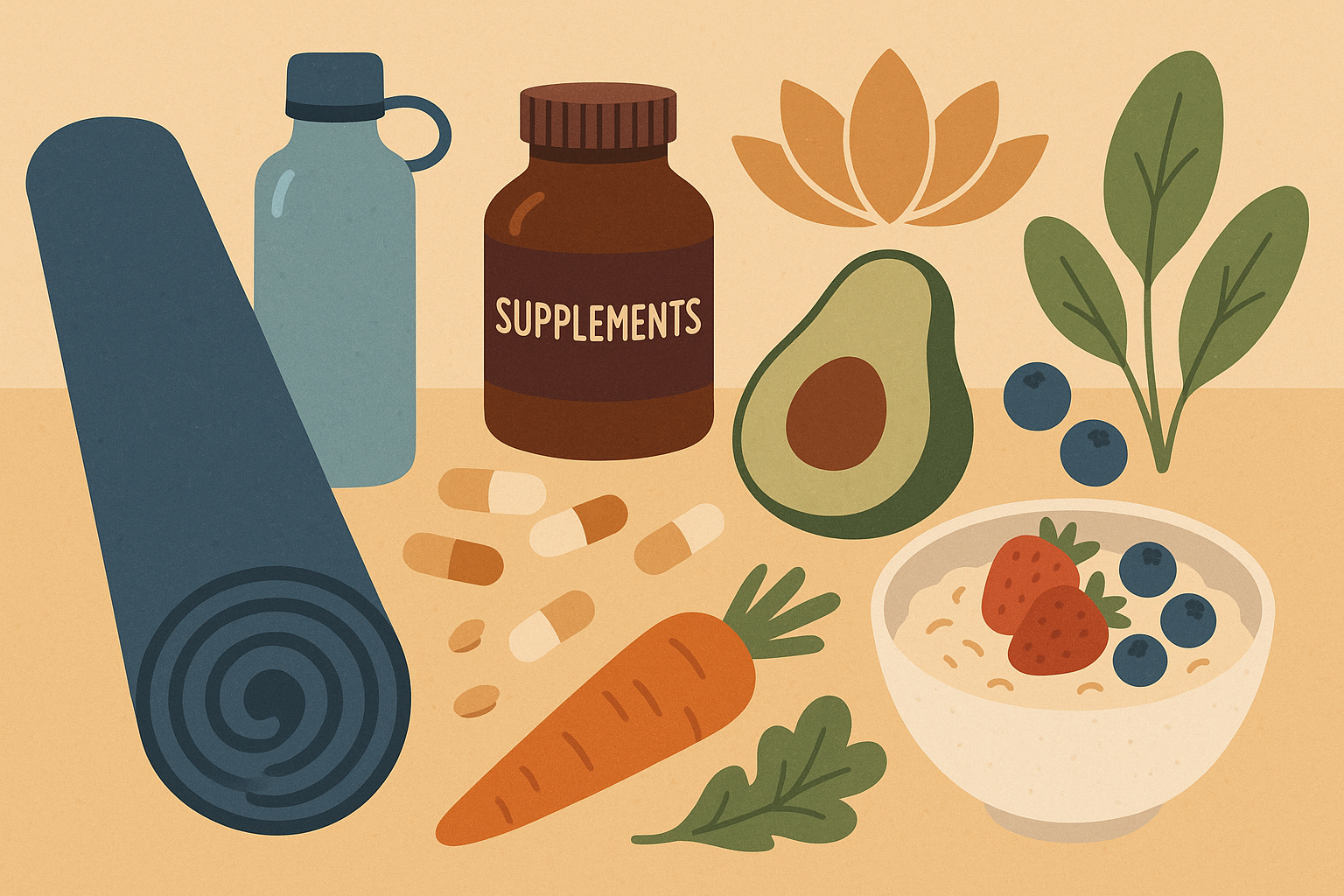
Final Thoughts
If you’ve ever wondered whether that hour you spent in Pilates class was “worth it” calorie-wise, you’re asking the wrong question. Here’s what you should be thinking about instead.
The question “how many calories does Pilates burn?” doesn’t have a simple answer because it’s missing the bigger picture. Instead of focusing on immediate calorie burn, I’ve learned to appreciate how Pilates creates lasting metabolic changes that support long-term wellness.
The after-hours calorie burning, hormonal improvements, stress reduction, and sleep quality enhancements all contribute to a metabolic environment that supports healthy weight management 24/7. Your 45-minute session is just the beginning – the real benefits happen in the hours and days that follow.
Whether you’re doing mat work or reformer sessions, the key is consistency and focusing on quality movement over intensity. When you approach Pilates with this understanding, you transform a simple exercise routine into a comprehensive wellness practice that supports your body’s natural ability to maintain vibrant health and energy.
Look, I’m not going to tell you Pilates will melt fat off like some miracle cure. But here’s what actually happened when I stuck with it for several months – I started sleeping better, my back stopped hurting, and my jeans fit differently even though the scale barely moved. The metabolic benefits extend far beyond what any calorie counter can measure, creating sustainable changes that support your overall well-being for years to come.
Here’s the bottom line – if you’re doing Pilates just to burn calories, you’re missing the point. But if you stick with it because you like how it makes you feel, the calorie burn becomes a nice bonus. And honestly? That’s probably the healthier way to think about any exercise.


